V European Estonian Song and Dance Festival
Estonians gathered in Leicester, United Kingdon to celebrate together our dancing and singing traditions.
The main objectives of the event were to introduce Estonian music and dance to a wider audience in the UK and to celebrate Estonia’s centennial together with Estonians who live abroad.
The main song and dance festival concert took place the next day at the De Montfort University, with 150 participating singers and 100 dancers. Many traditional Estonian songs, such as “Koit” (Dawn) by Mihkel Lüdig and “Tuljak” (Wedding Song), were performed, engaging the audience to sing along and tap their feet.
The participating choirs were the European Estonians Choir (that has members from 14 European nations), the London Estonian Ladies Chamber Choir, the REE Choir (International Estonian Experimental Choir), the Gothenburg Estonians Mixed Choir, Haaslava Male Choir and the Siller Choir from Finland.
Folk dance groups included the London National Dancers (Estonian Folks) and the IES Tulevik dancers (UK), the Laiali Folk Dancers from Luxembourg, the Daughters of the Wind from Holland, the Trondheim Trolls from Norway, the Irises from Ireland, the Virvel folk dancers from Stockholm, Turba Tantsupisik and the Lepalind dancers from Estonia.
A festival started by Estonian refugees
As it was not possible for Estonian refugees to return to their homeland after the Second World War, it was imperative to keep alive their song and dance tradition and they organised events in their respective countries – in Europe predominantly in Sweden, Germany and the UK.
The first joint festivals were held in 1974 and 1978 in Münster, Germany, before coming to De Montfort Hall in Leicester in 1982. The next festival took place in Heidelberg, Germany, in 1986. In 1991, Estonia regained its independence that made visiting the country’s national and local festivals possible for all again. Thus, the joint European festival floundered.







